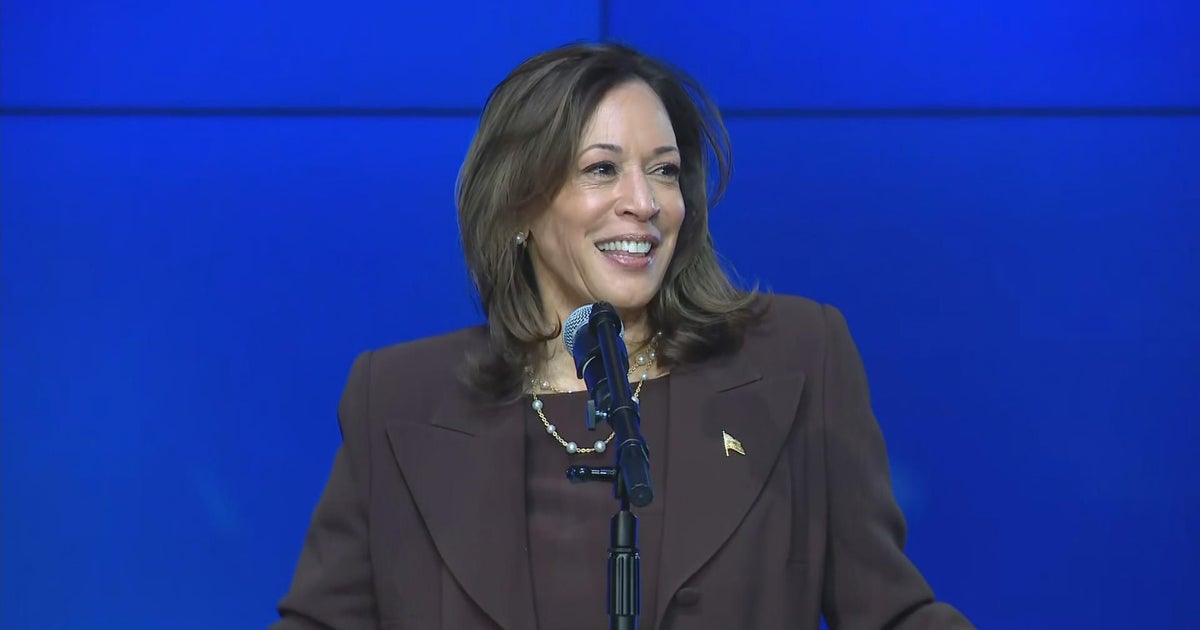Star Tribune
Wayzata schools considering bigger class sizes instead of ending block high school schedule

School officials are scrambling for budget cuts in one of the wealthiest districts in Minnesota, and are looking at increasing class sizes next year.
The Wayzata school district, which serves over 13,000 students from the city and seven other Lake Minnetonka-area suburbs, has spent the last two years cutting its budget to rebuild reserves after COVID-19. Forty-two full-time equivalent jobs were cut last year, and there could be more in the 2024-25 school year.
Last month, district administrators proposed ending the block schedule that has let Wayzata students take 16 courses per school year — four courses per quarter with longer class periods each day. Outcry from parents and the school board stopped that proposal in its tracks, though it would have meant a $1.2 million savings by cutting staff. Now, Wayzata schools are looking for other ways to save.
“We just want to be able to have a plan, to make sure we can sustain the district,” school Finance Director DeeDee Kahring said.
The pandemic threw off Wayzata’s enrollment projections, Kahring said. A sudden drop in enrollment meant a loss of $5.5 million in per-pupil funding, plus a host of COVID expenses such as hand sanitizer, masks and air purifiers that federal COVID aid didn’t quite cover. Wayzata spent down its fund balance to cover the difference.
Since the pandemic, the district has been cutting to build the reserve fund back to 7% of operating expenses — it stands at about 6.8% now. Kahring said a 7% balance would keep the schools running normally for about a month in case of some new crisis.
To hit a target of $1.5 million in cuts, district leaders proposed shifting away from the block schedule that has been in place since 1996, or at least modifying the schedule so students take fewer classes through their high school careers. The moves would have let Wayzata cut teachers, which the district hoped could trim $1.2 million from the budget.
But students and parents pushed back hard, with an online petition netting more than 2,600 signatures. School board members said they got frantic emails, calls and text messages from students and families after the change was proposed.
No chopping the block
In a meeting last month, all seven members of the board said they were against ending or modifying the block schedule.
“I lived the four-by-four (block schedule) as a student. I know what it can offer,” said school board member Heidi Kader.
Wayzata students can take more electives than students in most other districts, where students typically can take 12 courses per year. The block schedule has also allowed students to progress more quickly to advanced math classes such as calculus, which selective colleges favor.
Board member Milind Sohoni said he thought the block schedule helped more students get into those higher-level classes even if they had not been on an advanced-math track in middle school.
The block schedule is a draw for families and students to enroll in Wayzata schools, said board member Sheila Prior — and growing student enrollment is a goal for the district, Kahring said.
Superintendent Chace Anderson said it will be a challenge to both maintain the high school schedule and cut expenses to grow reserves to the point where the board feels comfortable .
He said increasing class sizes at all levels will help. But he warned schedule changes might still become necessary.
“We have to be able to maintain that excellence that our community expects, that they want,” he said, “and we can’t go broke.”
Star Tribune
Klobuchar criticizes White for saying ‘bad guys won in World War II’

The only debate between DFL U.S. Sen. Amy Klobuchar and GOP challenger Royce White started Sunday on the street outside WCCO Radio.
As White approached the building, he loudly called some two dozen flag-waving and cheering Klobuchar supporters a “whole lot of commies.” The 33-year-old provocateur and podcaster also told them to thank Republican former Vice President Dick Cheney — who endorsed Democratic Vice President Kamala Harris — because there was “no chance in hell” that Harris would defeat Republican former President Donald Trump on Nov. 5.
Klobuchar, 64, had arrived moments earlier, smiling and wishing “good morning” to her supporters. Once inside, the two took questions for an hour from moderator Blois Olson. Their tone was generally polite with White often interrupting a Klobuchar response with, “rebuttal,” indicated he wanted to respond.
The senator repeatedly raised White’s claims on X, formerly Twitter, that “The bad guys won in World War II” and that there were “no good guys in that war.” She called that stance offensive to veterans.
U.S. Sen. Amy Klobuchar arrives at WCCO Radio for a debate with Royce White in Minneapolis on Sunday, Oct. 27. (Richard Tsong-Taatarii)
Klobuchar, who is seeking a fourth six-year term, portrayed herself as a pragmatist. She opened by saying that we live in “incredibly divisive times politically” but that she has listened and worked with Republicans to bring down shipping costs, drug prices for seniors and to help veterans and push for more housing and child care.
“Courage in this next few years is not going to be standing by yourself yelling at people,” she said, her opening allusion to White’s rhetoric, which she said is often vulgar.
White, a former NBA player, is a political novice, but a close ally of Steve Bannon, the jailed former chief strategist for Trump and right wing media executive. Last summer, White won the state GOP endorsement to run against Klobuchar.
“Our country’s coming undone at the seams. I think we can change that,” White said in his opening statement. He said he threatens the status quo, decried the “permanent political class” and referred to the two major parties as the “uniparty.”
Star Tribune
Satellite images show damage from Israeli attack at 2 secretive Iranian military bases

Other buildings destroyed at Khojir and Parchin likely included buildings where Iran used industrial mixers to create the solid fuel needed for its extensive ballistic missile arsenal, Eveleth said.
In a statement issued immediately after the attack Saturday, the Israeli military said it targeted ”missile manufacturing facilities used to produce the missiles that Iran fired at the state of Israel over the last year.”
Destroying such sites could greatly disrupt Iran’s ability to manufacture new ballistic missiles to replenish its arsenal after the two attacks on Israel. Iran’s paramilitary Revolutionary Guard, which oversees the country’s ballistic missile program, has been silent since Saturday’s attack.
Iran’s overall ballistic missile arsenal, which includes shorter-range missiles unable to reach Israel, was estimated to be ”over 3,000” by Gen. Kenneth McKenzie, then-commander of the U.S. military’s Central Command, in testimony to the U.S. Senate in 2022. In the time since, Iran has fired hundreds of the missiles in a series of attacks.
There have been no videos or photos posted to social media of missile parts or damage in civilian neighborhoods following the recent attack — suggesting that the Israeli strikes were far more accurate that Iran’s ballistic missile barrages targeting Israel in April and October. Israel relied on aircraft-fired missiles during its attack.
However, one factory appeared to have been hit in Shamsabad Industrial City, just south of Tehran near Imam Khomeini International Airport, the country’s main gateway to the outside world. Online videos of the damaged building corresponded to an address for a firm known as TIECO, which advertises itself as building advanced machinery used in Iran’s oil and gas industry.
Star Tribune
This Rochester MN school police officer used to be a narcotics cop
Some take him up on it and fret when he’s not around.
“It is nice to be missed and be part of the school’s culture,” Arzola said. But mostly, he added, he wants kids to know that police aren’t around just for when the bad stuff happens. He’ll hand out his stickers and bracelets, even a trading card bearing his image. Then, they’ll talk about dogs and family.
School resource officer Al Arzola talks to students in his office at John Adams Middle School in Rochester on Oct. 11. (Leila Navidi/The Minnesota Star Tribune)
Two months ago, Rochester played host to a three-day training session for new SROs from across the state — an event organized by the Minnesota School Safety Center. On the final day, the 26 officers learned about surveillance challenges at the other school where Arzola works: Dakota Middle School.
It is a beautiful building with a scenic view. There is a lot of glass, too. Arzola, handling the role of instructor and tour guide, took the group outside and noted how one could look straight through the entrance to the large groups that gather inside. There were no curbs in front, either.
“There is nothing stopping any vehicle whatsoever from going through my front doors,” Arzola told the officers. “Law enforcement wasn’t talked to before this building was made. It was kind of like, ‘Here it is. You’re the SRO. Do what you do.’”
He showed them his office, too, which is separate from the main office and near those of other school support staff members. That makes sense, said Jenny Larrive, SRO coordinator for the Minnesota School Safety Center, given than SROs spend more time connecting with youth than on actual law enforcement.




